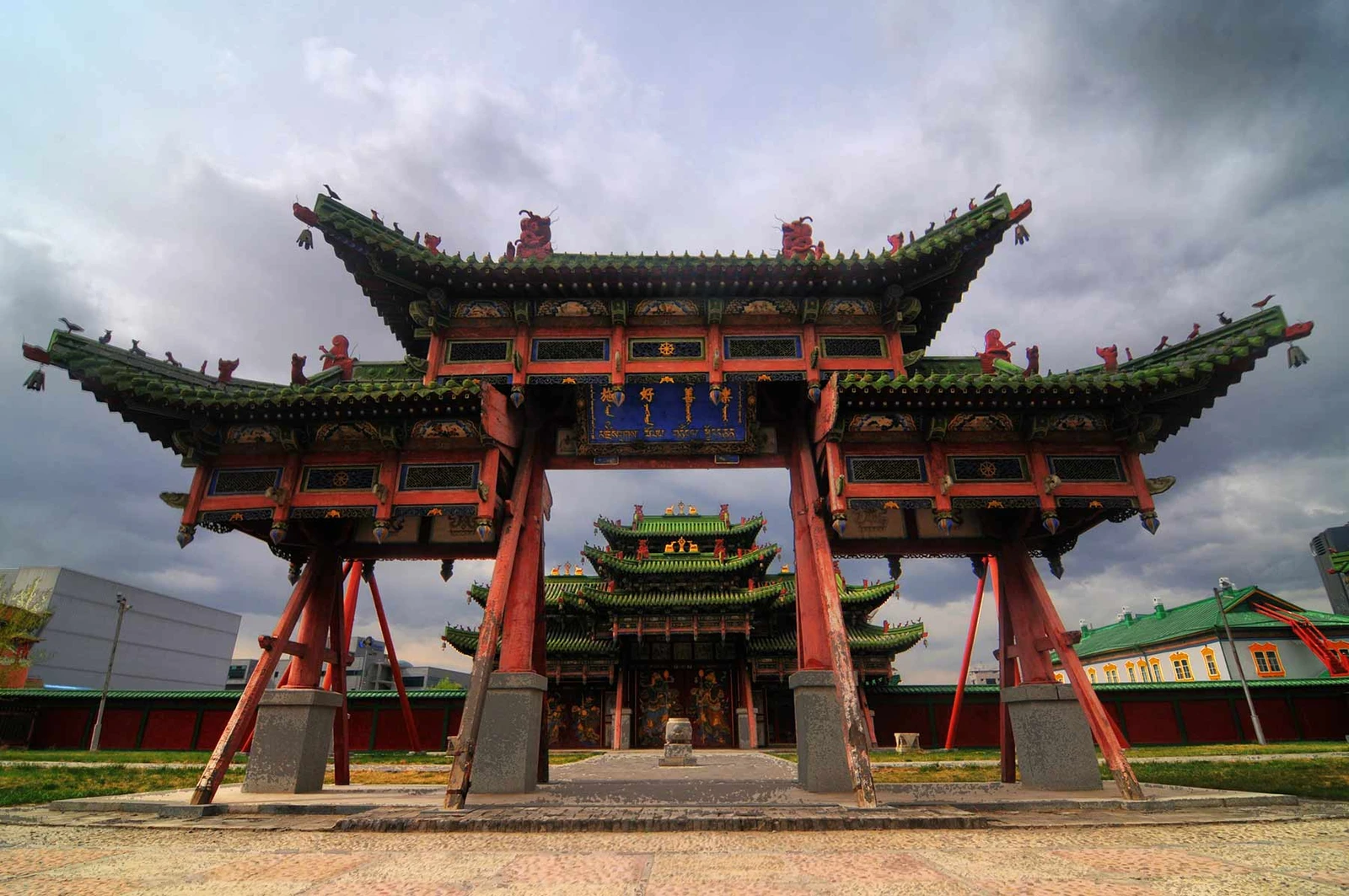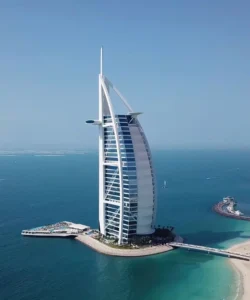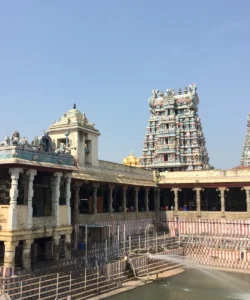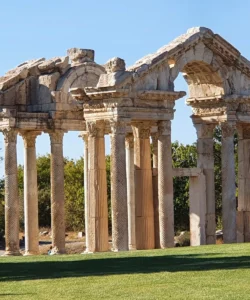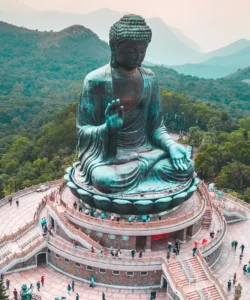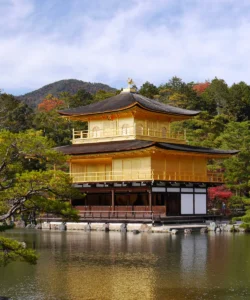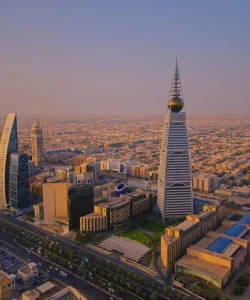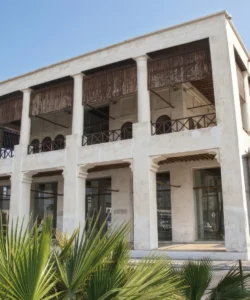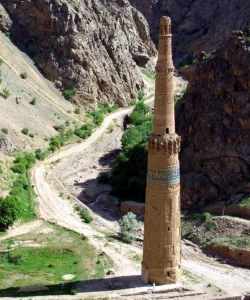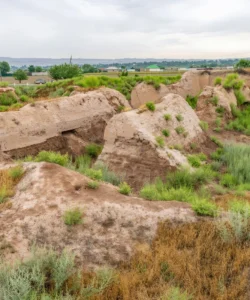The Winter Palace of the Bogd Khan, also known as the Bogd Khan Palace Museum, is a remarkably preserved historical complex in Ulaanbaatar. It served as the winter residence of the 8th Jebtsundamba Khutughtu, who was later proclaimed Bogd Khan (Emperor) of Mongolia and its highest religious authority. Unique for having survived the Soviet purges, it now functions as a museum, offering a rare glimpse into Mongolia’s monarchy, religious traditions, and artistic heritage.
![]()
Name: Winter Palace of the Bogd Khan (Богд Хааны Өвлийн Ордон, Bogd Khaany Övliin Ordon; also Bogd Khan Palace Museum)
Address: Bogd Khan Palace Museum, 15160, Mongoljingoo Road, Ulaanbaatar, Mongolia. It is located in the southern part of the city center.
How to get there:
Being located within Ulaanbaatar, the Winter Palace is easily accessible:
- By Taxi: Taxis are readily available throughout Ulaanbaatar and can take you directly to the museum. It’s advisable to agree on a fare beforehand or ensure the meter is used.
- By Public Bus: Several public bus routes have stops relatively close to the palace. Check local bus maps or ask for directions from your accommodation.
- On Foot: Depending on your starting point in Ulaanbaatar, it might be a pleasant walk, particularly if you are staying in the southern areas of the city center.
- Organized City Tour: Many city tours of Ulaanbaatar include a visit to the Winter Palace of the Bogd Khan.
Landscape and Architecture:
The Winter Palace complex is a fascinating blend of architectural styles, set within a walled compound:
- Dual Architectural Styles: The complex is notable for its two distinct parts:
- The Winter Palace (European Style): This is a two-story, white, Western-looking building, constructed between 1893 and 1903 by Tsarist Russian architects. It served as the actual winter residence of the Bogd Khan and his queen. At the time of its construction, it would have been one of the tallest and most modern buildings in Ulaanbaatar (then Ikh Khuree). It showcases elements of Classicism and a manor-house style.
- Traditional Mongolian and Tibetan Buddhist Temples: Surrounding the Western-style palace are several intricately designed temples and pagodas built in traditional Mongolian and Tibetan Buddhist styles, characterized by multi-tiered roofs, vibrant colors, elaborate carvings, and ornate decorations.
- Six Temples: Within the grounds, there are six temples that were part of the original complex, each housing significant Buddhist artworks, including sculptures, thangkas (scroll paintings), and ceremonial items. Notable structures include the Gate of Peace and the Temple of Silk Embroideries.
- Landscaped Grounds: The complex is set within spacious, though somewhat unkempt, grounds with paths leading between the various buildings.
- Personal Collections: The interior of the Winter Palace displays the personal belongings of the last Bogd Khan and his queen, including royal regalia, ceremonial robes (one made from 80 foxes), furniture, a ger lined with the skins of 150 leopards, and a bizarre collection of stuffed animals that were once part of his personal zoo (including an elephant).
- Art and Artifacts: The museum also houses a rich collection of Buddhist art, including bronze castings, papier-mâché icons, and paintings, some dating back to the 17th century and including works by Mongolia’s first Bogd Khan, Zanabazar, especially his famous 21 Taras sculptures.
What makes it famous:
The Winter Palace of the Bogd Khan is famous for:
- Last Residence of Mongolia’s Monarch: It was the winter home of the 8th Bogd Jebtsundamba Khutughtu, who became Mongolia’s last king and spiritual leader, offering unique insights into the final years of the Mongolian monarchy.
- Survival of Communist Purges: Unlike the vast majority of Mongolia’s monasteries and aristocratic residences, the Winter Palace complex was miraculously spared from destruction during the brutal communist purges of the 1930s. This makes it one of the few historical attractions in Ulaanbaatar to have survived intact.
- Unique Architectural Blend: Its combination of European, Mongolian, and Tibetan architectural styles in one complex is a rare and fascinating illustration of the cultural influences present in Mongolia during the late 19th and early 20th centuries.
- Eccentric Collections: The Bogd Khan’s personal collections, particularly his extensive array of taxidermied animals (including a famous pet elephant), and luxurious, often unusual, possessions, provide a quirky and memorable insight into his personality and wealth.
- Historical Documentation: The museum displays important historical artifacts, including Mongolia’s Declaration of Independence (from China in 1911), offering a direct connection to a pivotal moment in the nation’s history.
- Active Museum: It serves as a well-preserved museum showcasing significant aspects of Mongolia’s political, religious, and artistic history from the 17th to the early 20th centuries.
Differences from some other wonders:
The Winter Palace of the Bogd Khan stands out from other palaces or historical sites in several key ways:
- Survival Narrative: Its most profound difference is its survival against the systematic destruction of religious and aristocratic sites during the 20th-century communist purges in Mongolia. This makes it a unique testament to a lost era, unlike palaces in countries that did not undergo such severe cultural cleansing.
- Dual Residential and Religious Function: It wasn’t just a royal palace; it was also the residence of the Bogd Gegeen, Mongolia’s highest living Buddha. This fusion of secular and spiritual power in one complex, reflecting a theocratic monarchy, is a distinct feature compared to purely royal palaces (e.g., European royal residences) or purely religious complexes (e.g., traditional monasteries that weren’t also royal homes).
- Specific European Influence: While many Asian palaces might show some Western influence, the presence of a completely separate, distinctly European-style palace within a complex of traditional Buddhist temples, as built by Tsarist Russian architects for a Buddhist monarch, is quite specific and unusual.
- Eccentric Personal Collections as Exhibits: The museum’s focus on the Bogd Khan’s highly personal and often bizarre collections (stuffed animals, leopard-skin ger, golden boots from a Tsar) provides a much more intimate and idiosyncratic glimpse into the ruler’s life than found in many other formal royal museums, which often focus on state regalia or more “official” items.
- Reflection of Mongolian Independence Era: It represents a very specific and crucial period in Mongolian history – the struggle for independence from Chinese domination and the brief period of a theocratic monarchy before the Soviet influence fully took hold. This particular historical context differentiates it from older or more contemporary palaces.
In essence, the Winter Palace of the Bogd Khan is a compelling historical anomaly, a well-preserved window into the unique blend of spirituality, monarchy, and external influence that defined Mongolia at a critical juncture in its history.
